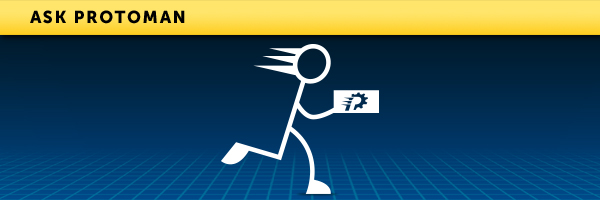5 Important questions to help you get the best Rapid Prototyping Quote
When you request a Rapid Prototyping quote, there’s one sure way to improve your odds of a successful project: know what you’re looking for.
Yes, that seems like a fairly logical statement but there are a few key questions you should have clear between your initial moment of inspiration and the formal quote request.
When you take some additional time to think about your product in depth, you put the odds of success in your favor.
Here are five key points to consider:
1- Know exactly what you want, here’s how…
Review your request and confirm your specifications. Double-check the materials and tolerances you’ve chosen.
Ask yourself: Did you make a deliberate decision for these requests?
Sometimes people request materials they have used on other projects, but those materials aren’t right for the current project.
You should be able to explain the reasoning behind every design choice in your quote request. If you can’t, it’s better not to guess—just ask your additive manufacturing partner for their advice.
Some other challenges to solve:
-
Review the intended use case.
Does the information you’re providing cover the full scope of the product, including secondary use cases? Finalize your specifications now in order to save time later.
-
Conduct a manufacturability analysis.
Will you be printing a part or making a casting? If you’re not exactly sure, again, let your manufacturing partner know. They’ll suggest the best way to make a particular part.
2- Specify your finishing services
There’s a good reason additive manufacturers like ProtoCAM offer a vast range of finishing services. These allow the production of all types of parts, from the roughest proof-of-concept to a show-ready sales piece.
When determining your finishing service, solve for yourself two main points:
- How will you use your manufactured part?
- What do you imagine it looks and feels like?
Also consider the functionality of the part. Knowing whether its surface plays a functional role is an important detail.
For example:
- Do you need a certain coefficient of friction?
- A particular texture?
- Does color affect its functionality—maybe high contrast for easy identification, red for safety, or color matching for replacement parts?
- Is there a benefit to making the item transparent or opaque?
Solving these questions will help you zero-in on the best use of your finishing services.
3- Have a plan for your digital modeling files
If you don’t have a designer on-call, there’s no need to try to teach yourself how to make a digital model. Most “do it yourself” models end up being re-created by professionals, so it often makes more sense to partner with a designer from the start.
Simply describe your product to your manufacturing partner’s designer in the way that’s easiest for you. Chances are, you’ll be able to communicate the project more clearly than drawing a design yourself.
The designer will ask questions to make sure you provide the necessary information. Any sketches, blueprints, or notes you can offer will be a bonus.
4- Have an idea of your timeframe
It’s crucial that you have a realistic idea of how quickly you need your parts. Here at ProtoCAM, the average lead time for shipping plastic parts is 2-4 days. Exceptionally large parts, metals, or projects requiring advanced finishing can add significantly to delivery time.
Some parts can be designed and manufactured in less than a week, while others require a longer development timeline.
Rush services are available—but rush projects are best for re-orders. For new projects, you’ll increase the odds of success by allowing enough time for the job to move naturally through design, production, and finishing.
5- How many parts do you need?
The size of your production run helps determine how your part will be made. Some processes such as urethane castings are best for larger production runs, while direct machine printing is generally preferable for small runs and one-off parts.
Considering your use rate over time is an important consideration. Have an idea of how soon you’ll be needing more parts manufactured. You may find it makes sense to stockpile parts.
The key question here is: What is your cost of downtime? If you foresee considerable downtime expenses, it makes sense to stockpile the critical parts that will keep you up and running. If you can afford to wait for replacements, you can manufacture on demand.
Request a quote for your project
Know what you want to make? Request a quote here. If you’re still developing your idea, send us a message with questions. We’ll work with you to develop the specifics you need to move your project forward.

